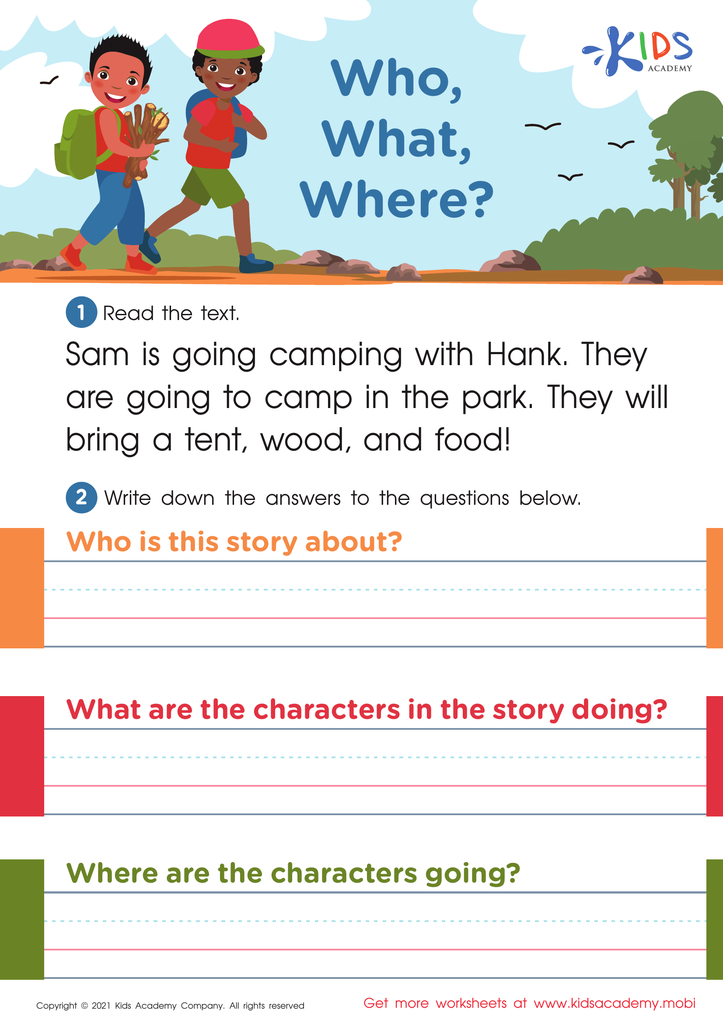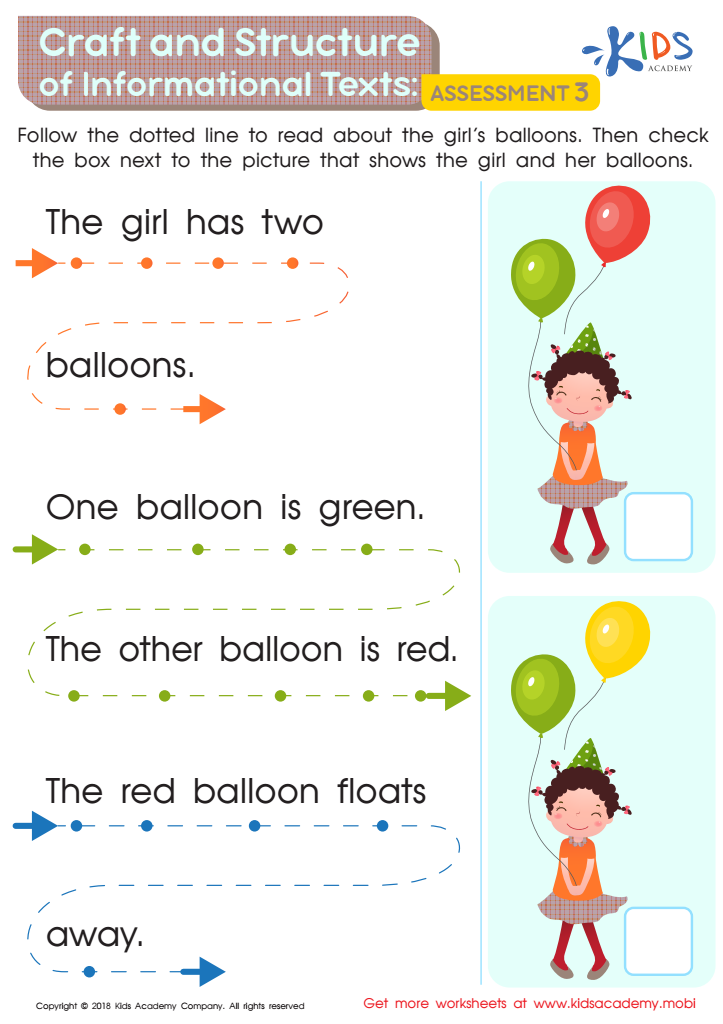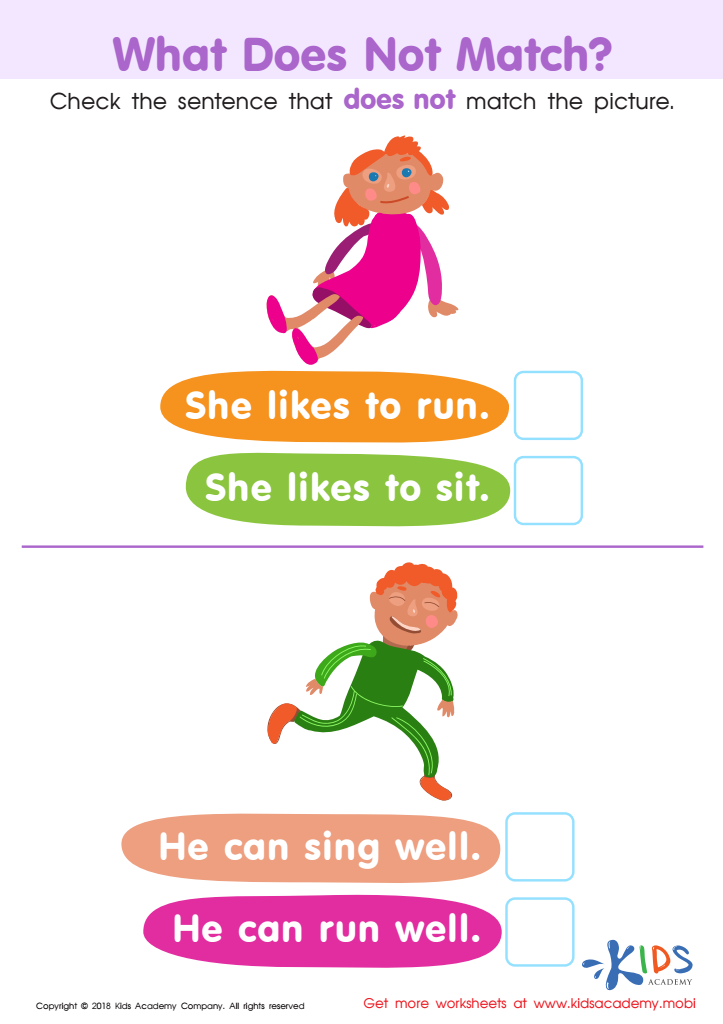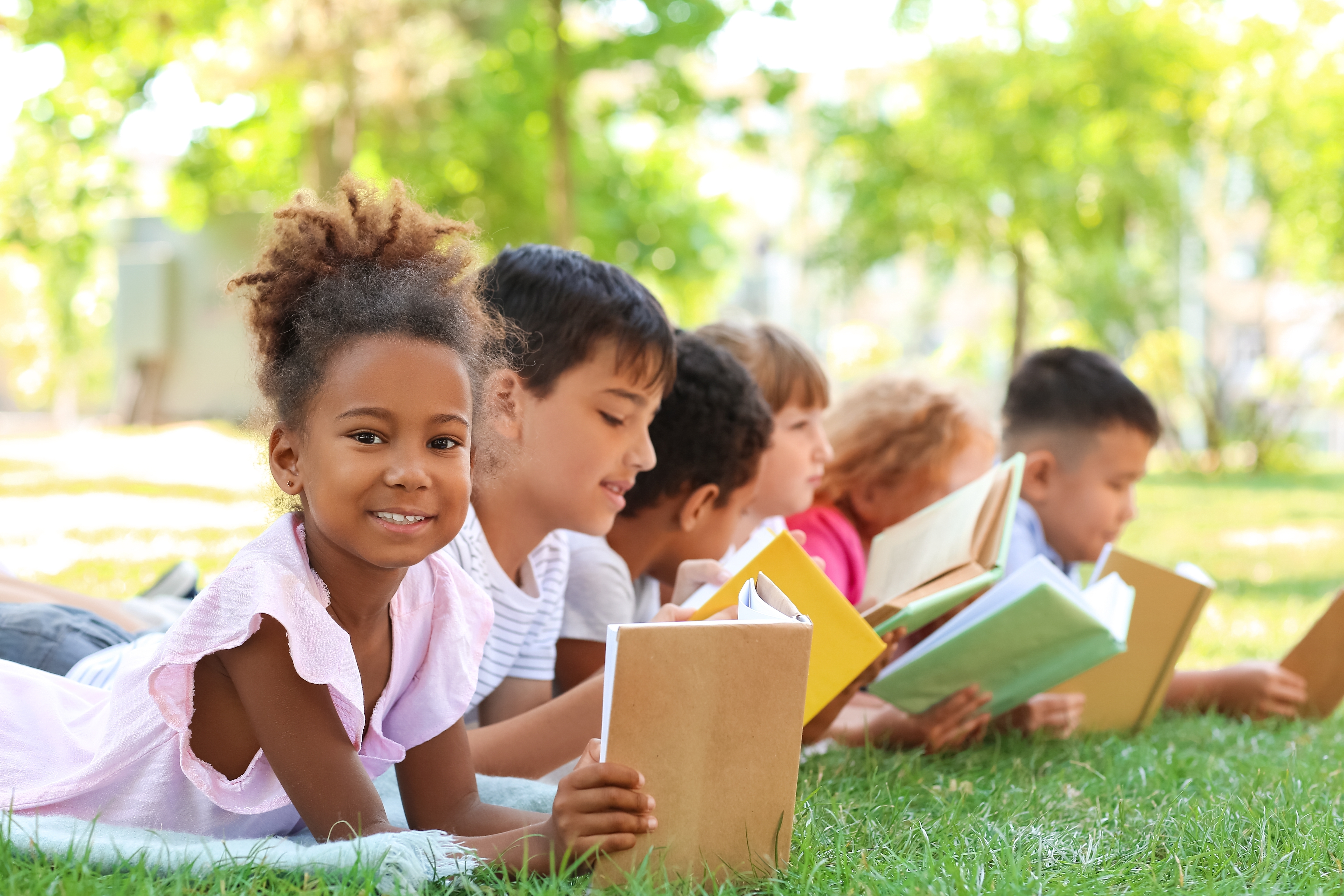Reading Fiction Worksheets for Ages 5-9 - Page 8
172 filtered results
-
From - To


The Boy Who Cried Wolf Part 2 Worksheet


Who, What, Where? Worksheet


Craft and Structure of Informational Texts: Assessment 3 Worksheet


What Does Not Match? Worksheet
Reading fiction for children ages 5-9 is crucial for several reasons. Firstly, it enhances language skills; exposure to diverse vocabulary and sentence structures supports language acquisition and fluency. Through storytelling, children learn to express themselves better, both in speaking and writing.
Secondly, reading fiction fosters empathy and emotional intelligence. Characters face various challenges, helping children understand different perspectives and emotions. This develops their ability to relate to others and enhances social skills, a vital aspect of early childhood education.
Furthermore, fiction stimulates imagination and creativity. Engaging with imaginative worlds encourages children to think critically and explore their thoughts and ideas, laying the groundwork for creative problem-solving in the future. Staying engaged with a story also improves focus and concentration, skills essential for academic success.
Lastly, reading together creates lasting bonds between parents, teachers, and children. These shared moments cultivate a love for reading and learning, which are instrumental for lifelong educational development. In today's digital age, prioritizing reading fiction sets a strong foundation for literacy and cognitive growth, instilling values, lessons, and a passion for storytelling that lasts well beyond the early years. For all these reasons, reading fiction is an invaluable activity that parents and teachers should actively encourage.

 Assign to My Students
Assign to My Students




.jpg)














